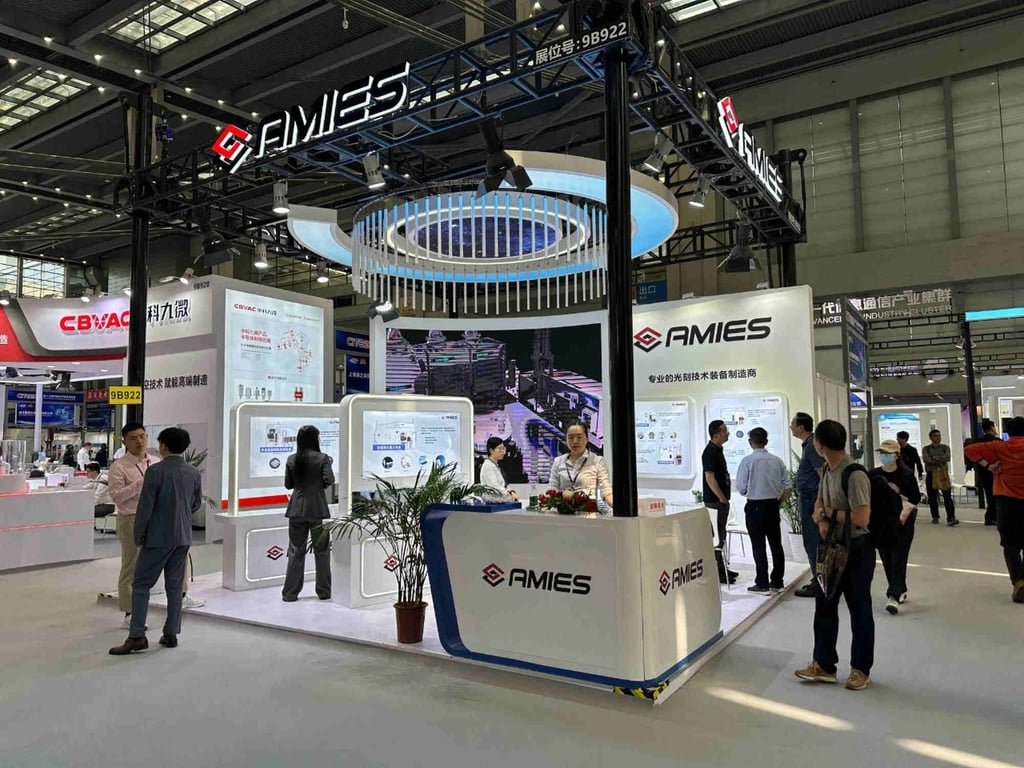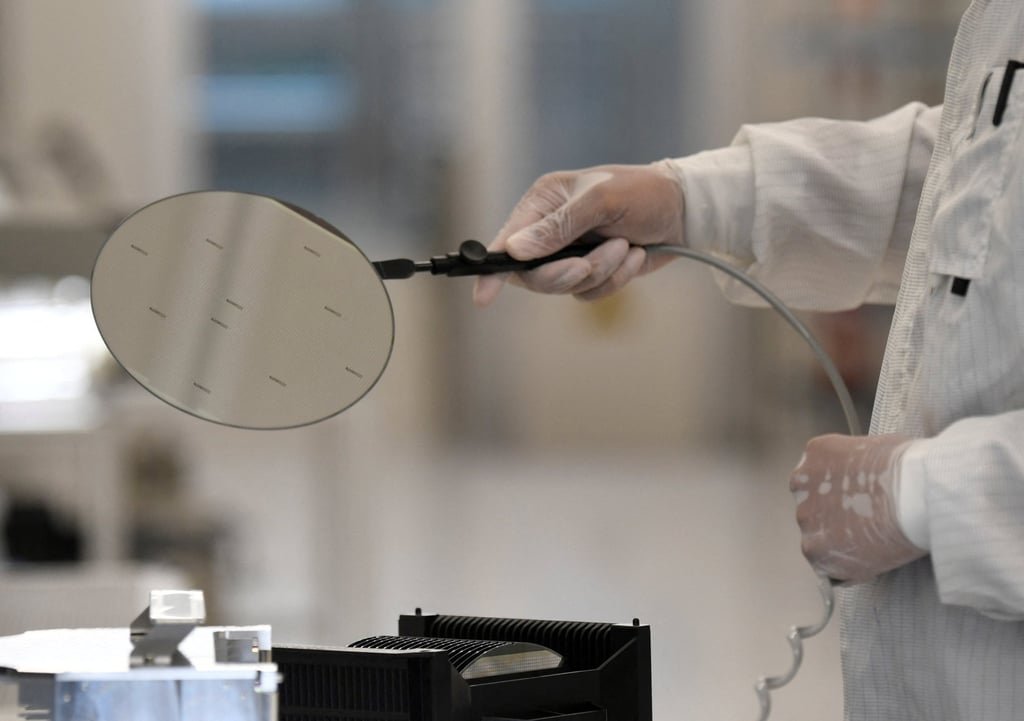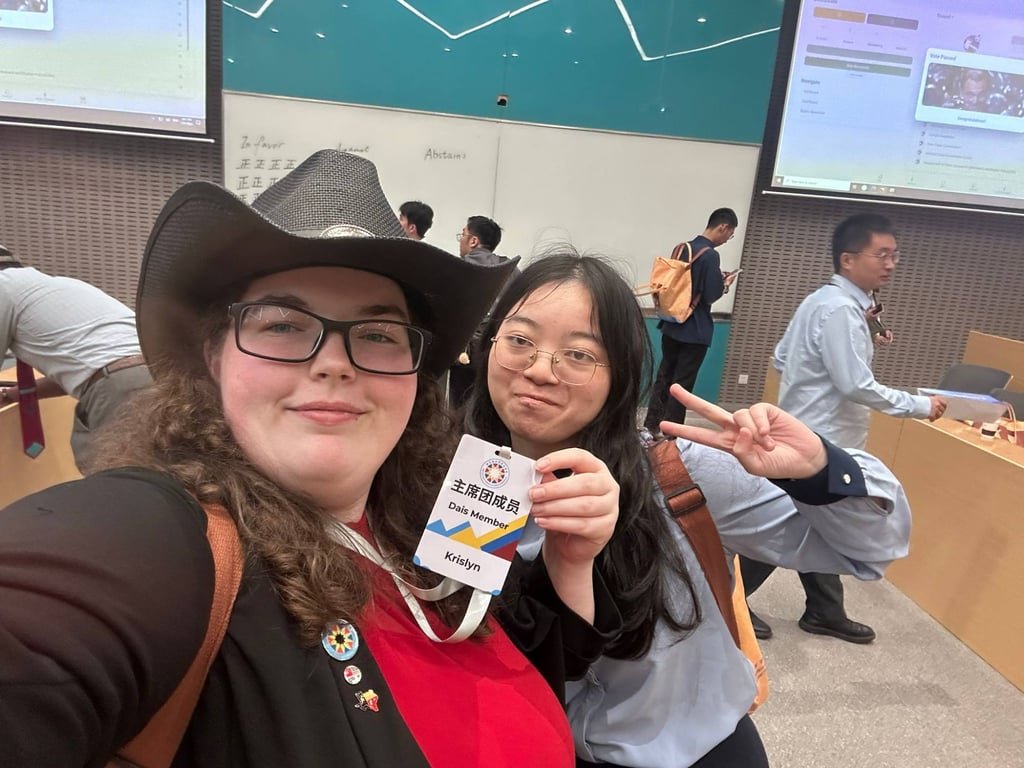Key takeaways:
- Chinese semiconductor shares are up 55% since June, compared to 20–30% gains in the U.S., Japan, and South Korea.
- Cambricon Technologies has jumped 400%, trading at nearly five times Nvidia’s valuation multiple.
- MSCI China Index is up 40% year-to-date, outpacing the S&P 500’s 15%.
- Government-backed initiatives and local chip bans have pushed investors to bet on domestic AI hardware and infrastructure.
The world’s attention has been on Silicon Valley’s AI race, but the biggest market moves are unfolding thousands of miles away. China’s AI and semiconductor shares have surged more than 55% since June 2025, outpacing gains in Japan, South Korea, and even the United States.
Behind the rally lies a mix of national ambition and investor optimism. Beijing’s push for tech self-sufficiency has turned AI into a national project, urging data centers to favor homegrown chips over Nvidia’s. Companies like Huawei and Alibaba have raced to meet that call, while Semiconductor Manufacturing International Corporation (SMIC) is testing its first locally built advanced manufacturing tools, a milestone in China’s effort to build a fully domestic chip supply chain.
So far, that bet’s been paying off. Cambricon Technologies, often dubbed “China’s Nvidia,” has jumped 400% this year and trades at nearly five times Nvidia’s valuation multiple. SMIC has risen 180%, Alibaba 120%, while Tencent, Baidu, and Xiaomi have all gained around 60%.
This wave of optimism is also lifting the broader market. The MSCI China Index is up 40% this year, compared with 15% for the S&P 500, while the Shanghai Composite and CSI 300 have climbed 18% and 20% respectively. Tech is once again the heartbeat of China’s market, echoing the dominance of Nvidia and Microsoft on Wall Street.
MORE INSIGHTS ON THIS TOPIC:
The rally everyone’s chasing
On paper, these gains look like a triumph of innovation. But look closer, and the numbers tell a more complicated story.
Cambricon, SMIC, and Hua Hong Semiconductor now trade between 60 and 80 times earnings—roughly double the valuations of TSMC and Samsung, and even higher than Nvidia’s 40× multiple. “Such high multiples are not leaving much margin for error,” warned Ng Xin-Yao, fund manager at Aberdeen Investments.
The rush isn’t limited to domestic investors. The Invesco China Technology ETF has climbed 51% this year, while the Golden Dragon ETF, which tracks U.S.-listed Chinese firms, is up 29%. Morgan Stanley says August saw the strongest month of hedge fund inflows into Chinese tech in six months.
Many of those buyers are investors who missed the early U.S. AI boom. “If you were not early in the U.S., perhaps this is another way to play the growing AI theme,” said Rene Reyna of Invesco. It’s a logic that feels familiar, where markets chase the next big wave before profits can prove it’s real.
Policy as the new profit engine
China’s AI momentum isn’t only about market demand. It’s being built, piece by piece, through deliberate state policy.
Beijing has poured billions into chip plants, data centers, and AI research hubs to create an independent supply chain. Local governments are offering subsidies and cheap loans to startups building AI infrastructure or training models on domestic chips. The Shanghai Stock Exchange has even accelerated listings for hardware companies like Moore Threads, which just received IPO approval, and Unitree Robotics, which plans to go public before year-end.
According to Winnie Wu, chief China equity strategist at BofA Global Research, China’s advantage comes from “strong policy support, vast data resources, sufficient power supply, and a fiercely competitive private sector.”
That state support is powerful, but also risky. The same policies that lift markets can sink them just as fast. A sudden change in trade sentiment or new export restrictions could test how much of this rally is built on confidence rather than cash flow.
The AI funding boom is here—but most of the money is flowing to a tiny club
Which AI startups are scoring big funding in 2025, who’s investing in them, and what does it signal for the wider ecosystem?

What the numbers don’t show
Underneath the optimism, the fundamentals remain uneven. The MSCI China Index trades at 12× forward earnings, compared to 23× for the S&P 500, but inside that index, the leading AI and chip firms are valued like speculative startups—some exceeding 200× earnings.
Many of these companies still rely heavily on state contracts or debt to stay afloat. When DeepSeek, a Hangzhou-based startup, claimed in January 2025 that it had built an AI model cheaper than OpenAI’s, it sparked a fresh wave of enthusiasm around local innovation. Yet few firms have turned those breakthroughs into steady revenue.
There’s also a growing concentration risk. Tencent, Alibaba, and Xiaomi now make up 30% of the MSCI China Index. A weak earnings season or regulatory shift could ripple across the market.
And geopolitics lingers in the background. China’s recent curbs on rare-earth exports could draw U.S. retaliation, a reminder that this rally is tied as much to diplomacy as to data centers. Still, some remain confident. “China has a better hand than people think,” said Jay Pelosky of TPW Advisory, pointing to the country’s alignment between policy, manufacturing, and AI infrastructure.
Can it last?
China’s AI rally captures both the promise and the peril of state-led innovation. It’s a showcase of how national strategy can fuel market confidence, and how quickly that confidence can turn if growth slows.
The question now is whether these gains are the foundation of lasting strength or just another speculative cycle. If Alibaba, SMIC, and Cambricon can turn their market momentum into sustainable profits, this could mark a new chapter in global tech competition. If not, history may remember it as another moment when ambition outpaced fundamentals.
For now, the rally rolls on, powered by belief, backed by policy, and watched closely by a world eager to see how long China’s trillion-dollar AI dream can hold.
Inside OpenAI’s trillion-dollar web of deals keeping the AI industry afloat
From Nvidia to AMD, a handful of tech giants are fueling each other’s growth in a cycle that could either sustain the AI boom or break it.









